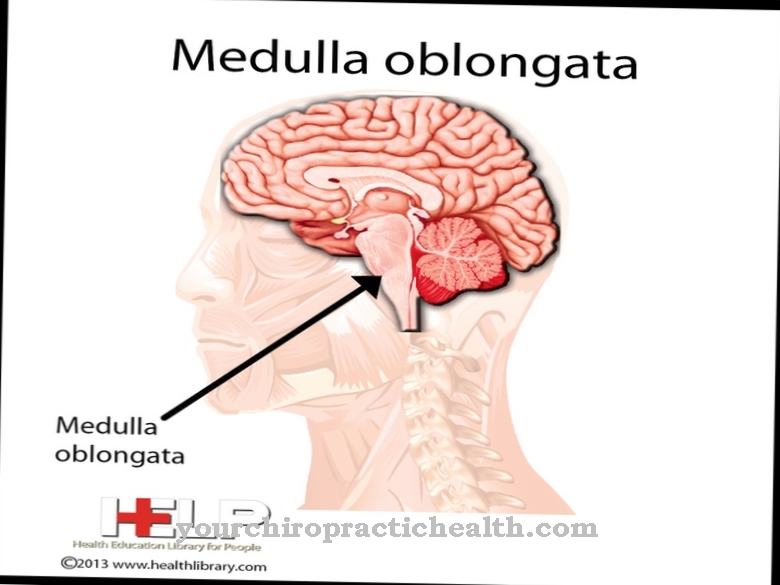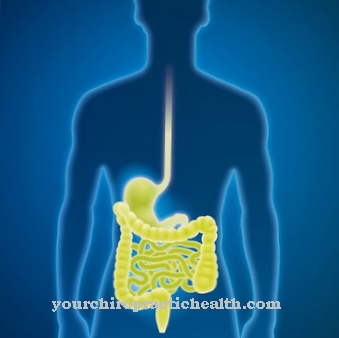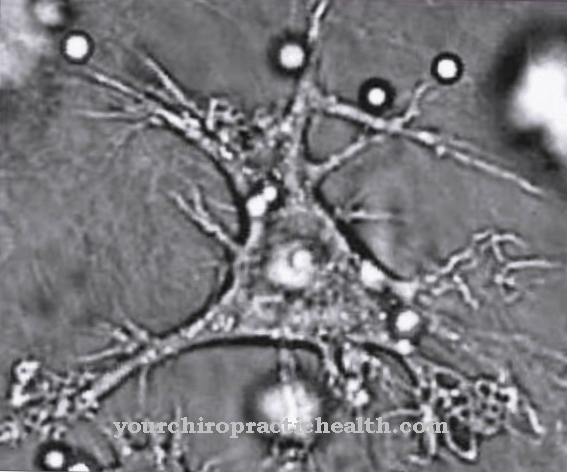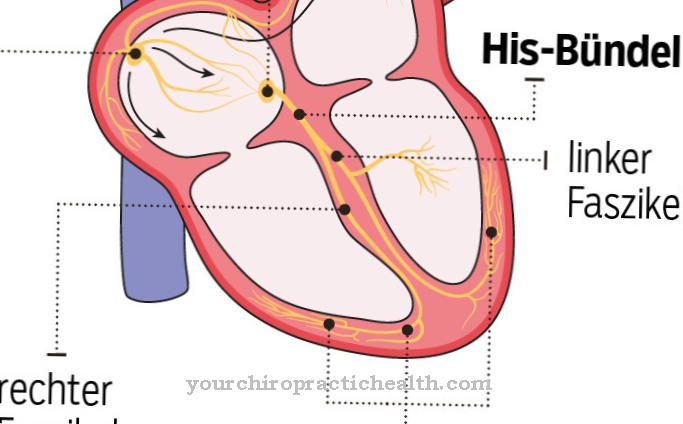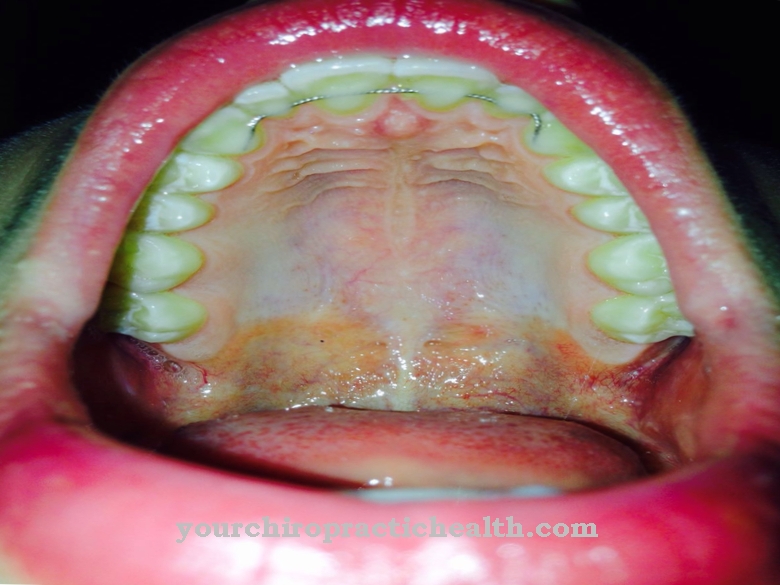The Ascending pharyngeal artery (ascending pharyngeal artery) is a smaller branch of the external carotid artery (carotid artery) with the latter branching off from the common carotid artery (larger carotid artery). The ascending pharyngeal artery provides blood flow to the throat and is created by a connection with the larger arteries, which supply the entire skull area, for the blood flow to the brain and neck.
What is the ascending pharyngeal artery?
The artery is one of the two large blood vessels that ensure that oxygen-rich blood arrives in the organs.
Arteria pharyngea ascendens is the name given to the pharyngeal artery, where it opens into the arteria carotis communis (larger carotid artery). The ascending pharyngeal artery (ascending pharyngeal artery) is located near the larynx and, through its confluence with one of the main arteries, enables blood flow to the entire head. This artery is expected to be present in everyone and does not grow as a result of degeneration or new formation of the blood vessels, or because of a specific disorder.
Anatomy & structure
Since the ascending pharyngeal artery is not a main artery, instead it is only part of a larger common carotid artery, attention must be drawn to this main artery when finding its anatomical explanation of terms.
The ascending pharyngeal artery is connected to the soft tissues in the throat. This is indirectly part of the digestive system, as food is taken in through swallowing. The ascending pharyngeal artery has three different layers. The first is called endothelium (group of flat cells) mixed with connective tissue. The last layer is just connective tissue. In between there is a layer of muscles. The vessel wall makes the artery elastic. As the main artery, the common carotid artery is ultimately connected to the other main arteries.
Function & tasks
The ascending pharyngeal artery supplies the brain with oxygen through the blood. In general, arteries are vessels that keep organs, tissues and body parts alive through the blood supply. With each heartbeat, blood is pumped through the arteries. In connection with other arteries, the organs are connected to all surrounding muscles and nerves and are enriched with oxygen.
Arteries carry the blood away from the heart and thus serve the function of the entire circulatory system. Since the ascending pharyngeal artery works together with all of the main arteries, it is involved in the blood supply to the whole body. The arteries are generally of importance for the immune defense because the antibodies, which render the invading pathogens harmless, are withdrawn from circulation by the bloodstream.
Toxins that enter the body through the breath and with the food are removed during transport from the organ concerned via the heart to the liver. Useful substances in food and therapeutic agents are also transported into the cells via the arteries. A balanced arterial pressure ensures a healthy speed of blood flow and thus prevents heart disease. The ascending pharyngeal artery is also involved here.
You can find your medication here
➔ Medicines for sore throats and difficulty swallowingDiseases
In this context, the symptoms must also be mentioned which are usually triggered by an obstruction of an artery, especially since the function of the superior laryngeal artery does not differ from that of the other arterial blood vessels.
Thus, the ascending pharyngeal artery is also at risk of degeneration over the years. Blood clots can certainly also form in this area. If an artery is narrowed, the surrounding arteries can also be damaged. If the blood clots are not cleared, they often result in a heart attack. This can lead to, among other things, mild heart problems, long-term cardiac arrhythmias and death. Obsessive-compulsive states, anxiety and depression can occur as side effects of heart disease.
Cancer cells are also brought to other organs via the arteries, where they metastasize. The same risk factors apply to the ascending pharyngeal artery as to all major blood vessels. Cigarette consumption and high blood pressure as well as metabolic disorders (e.g. diabetes) are dangerous. Age is an indispensable risk factor, which can only be delayed through a healthy lifestyle. Blood vessel disorders Diseases may exacerbate certain damage to the blood vessels. Serious organ damage can lead to fatigue and other diseases of the circulatory system.
Acquired heart disease is also often to blame for the side effects of severe medical preparations. If this is the case, the drug dose must be changed, discontinued or exchanged. In general, any changes in large blood vessels, such as those in the cerebral artery, are detected with imaging tests such as MRI or computed tomography. Eating a healthy diet and getting enough exercise can prevent arterial disease to a certain extent. Additional measures to maintain health are essential for long-term protection of the blood vessels.
Blood pressure medication or heart tonic are sometimes unavoidable, especially if you are diagnosed with high blood pressure or another circulatory disease. This prevents deterioration. If irreparable damage to the vessels has appeared, this cannot always be remedied with medication alone. Therefore, if necessary, a stent is inserted in the event of a narrowing of the heart vessels to improve blood flow in order to avoid more serious damage and permanent disabilities. The speed of the aging process, including the arteries, determines a person's life expectancy.

